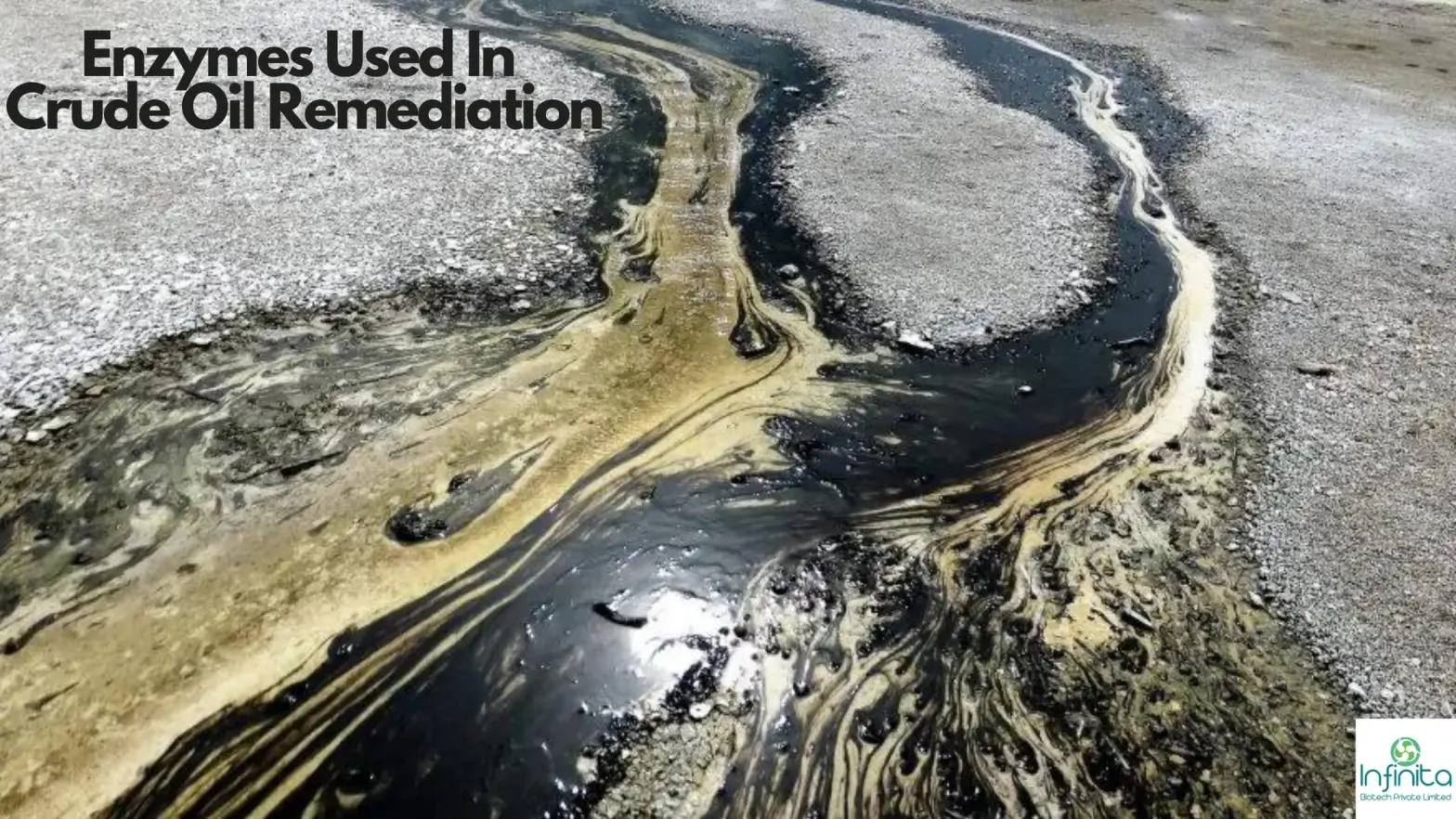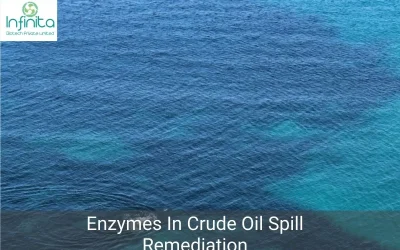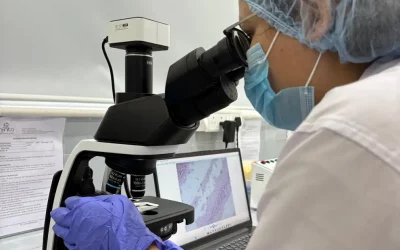Effective Enzymes Used In Crude Oil Spill Remediation
Petroleum is a type of heterogeneous mixture of different hydrocarbons that include alicyclic, aliphatic and aromatic hydrocarbons. They tend to vary in their physical as well as compositional properties depending on the origin of their reservoir. These hydrocarbons are known to be organic compounds that contain hydrogen and carbon that are extremely insoluble in water.
Microorganisms can either produce or degrade hydrocarbons according to the latency of specific metabolic pathways. These pathways are specific to every function in the environment.
Recent anthropogenic practices like petroleum and petroleum derivatives (kerosene, gasoline, and diesel spills), incomplete combustion of fossil fuels, and industrial activities have resulted in an aggregation of hydrocarbons in our environment. Both petroleum and its derivatives possess a great ecological impact on the contamination of terrestrial as well as marine ecosystem.
Moreover, several crucial processes affect the end destination of these hydrocarbons in our environment. These include volatilisation, sorption, biotransformation, and chemical or photochemical transformation. Volatisation and sorption are not proven to be destructive to the contaminants.
However, they either transport or accumulate them to the other destination. Abiotic chemical transformation processes consist of organic contaminants and are generally slow, whereas, the abiotic photochemical reactions are not significant in most environments.
Crude oil enzymes:
When microorganisms possess high enzymatic capacity, it allows them to degrade the complex
hydrocarbons. This kind of capacity to decompose or modify pollutants like petroleum concludes that enzymes are vital when it comes to the process of bioremediation.
These enzymes for crude oil remediation have a genetic diversity that contributes to the microorganisms’ overall metabolic versatility to transform contaminants into lesser toxic end products. These end products later get integrated into the natural biogeochemical cycles. The primary advantage of these contaminant degrading processes makes for the total mineralisation of compounds and
biomass formation.
Several biotic, as well as abiotic factors, influence the effectiveness of the process of petroleum contaminant biodegradation. This involves competitiveness, temperature, salinity, concentration and availability of petroleum and nutrients, and, activity and presence of petroleum-degrading microorganisms.
Petroleum and petroleum-degrading enzymes degradation:
Several microorganisms like green algae, bacteria, fungi, and cyanobacteria can degrade several petroleum components under varying environmental conditions. The entire process of
degradation of petroleum usually occurs slowly in the sequence metabolism of its compounds.
Biodegradation of both aliphatic and aromatic hydrocarbons occurs under either aerobic or
anaerobic conditions. Under aerobic conditions a group of enzymes, oxygenase, make the
oxygen atoms enter into the hydrocarbons. The anaerobic degradation, on the other hand, gets
catalysed by the anaerobic bacteria like sulphate-reducing bacteria with the help of different types of terminal electron acceptors.
The process of aerobic catabolism of hydrocarbons is comparatively faster because of the metabolic benefit of the oxygen availability in the form of an electron acceptor. The end product of the oxidation of the saturated aliphatic hydrocarbons is known to be acetyl-CoA. This is then catabolised in the citric acid cycle along with the electron production in the electron transport chain.
This chain gets repeated and further degrades the hydrocarbons that get fully oxidised to carbon dioxide. The aromatic hydrocarbons like benzene, xylene, naphthalene, and toluene, are
also degraded under aerobic conditions.
Generally, the degradation procedure of these compounds acts as the primary step in the formation of catechol or any related compound
structurally. Once the catechol is formed, it is degraded and results in compounds that are further introduced in the citric acid cycle.
Types of enzymes used in extraction:
The alkane hydroxylases are known as alkane-degrading enzymes that get distributed amongst
the various species of algae, fungi, bacteria and yeast.
One such example of an enzyme class that gets involved in the process of degradation of aerobic aromatic hydrocarbons is the catechol dioxygenase class that consists of bacterial iron-containing enzymes. This kind of enzymes possesses the capability to catalyse molecular oxygen atoms when they are added to catechol and its different derivatives, along with cleavage of its aromatic ring.
Enzymes such as catechol dioxygenases get involved in the aromatic ring cleavage. They are incharge of the huge variety of microorganisms that can degrade aromatic compounds.
In conclusion:
Even though the process of petroleum degradation in the presence of aerobic conditions happens much faster than compared to the anaerobic conditions, it is crucial to understand that the anaerobic degradation process is also important to several bioremediation processes. This
is because in many cases, environmental conditions consist of limitations in the availability of oxygen, for example, in the aquifers, mangroves and sludge digesters.
When it comes to the process of anaerobic metabolism, the aromatic compounds typically get converted to benzoyl-CoA. This compound is known to be the target of the action of benzoyl-CoA reductase. Depending on the different types of environmental conditions, several different kinds of terminal electron acceptors are used like sulphate, Fe(III) and nitrate are used.



